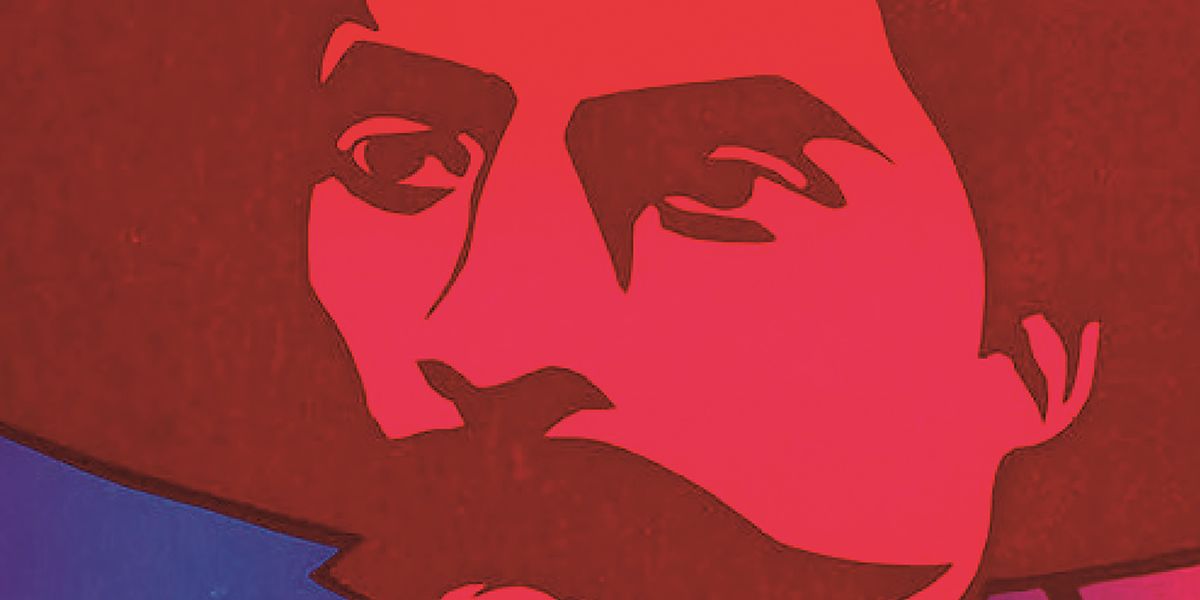Excerpted from The Smithsonian American Art Museum exhibition catalog, ¡Printing the Revolution!: The Rise and Impact of Chicano Graphics, 1965 to Now, courtesy of The Smithsonian American Art Museum and Princeton University Press. Copyright © 2020 The Smithsonian American Art Museum and Princeton University Press. Excerpted with permission. All rights reserved. No part of this excerpt may be reproduced or reprinted without permission in writing from the publisher.
Stephanie Stebich
The Margaret and Terry Stent Director
Director's Forward
¡Printing the Revolution! represents a notable milestone in a remarkably fraught and transformative global moment. This timely project, which showcases visual representations of resistance and revolution, rests alongside a similarly uneasy present. As I write this introduction in July 2020, people around the world are flooding the streets to protest racism and continued acts of police brutality. The corona-virus pandemic, which has disproportionately impacted communities of color, has once again exposed the deep structural inequities in American society. Climate change activists are seen brandishing handmade and printed signs that telegraph the urgent need for action. In recent years, acrimonious debates have emerged about economic and social equality, along with heightened tensions over trade and immigration. These are the insistent voices of our shared global moment, and in every instance protest art has been present.
Visual defiance against authority has a long history. From the French, Mexican, and American revolutions through twenty-first-century movements — suffrage, India's independence, American civil rights, women's rights, Argentina's Mothers of the Plaza de Mayo, anti-apartheid solidarity efforts, LGBTQ+, Black Lives Matter, #MeToo — artists and activists have used broadsheets, banners, political cartoons, posters, murals, and graffiti to voice discontent and demand change. Urban streets and NBA game courts are activism's newest "canvas," printed with bold graphics for Black Lives Matter. With social media, activists can now amplify their images and messages with the tap of a finger. Whether on paper or online, protest art continues to give voice to excluded communities, spur societal change, and by extension alter the course of history. For museums, collecting, exhibiting, and interpreting works allows us to capture the artist's role in society, and to document our changing social values.



